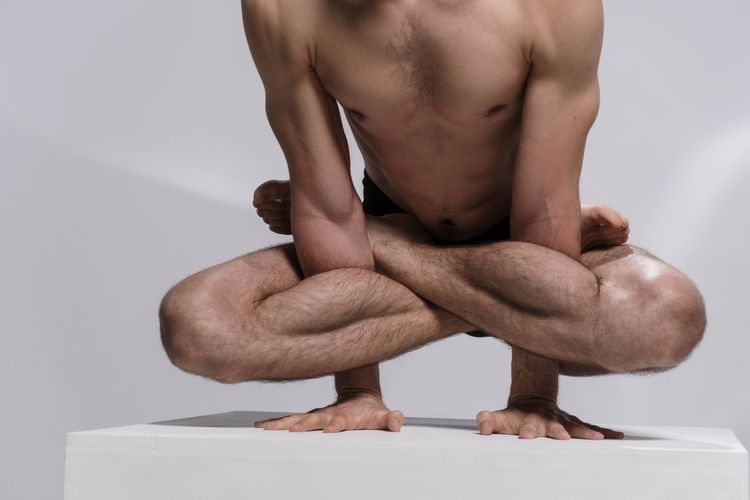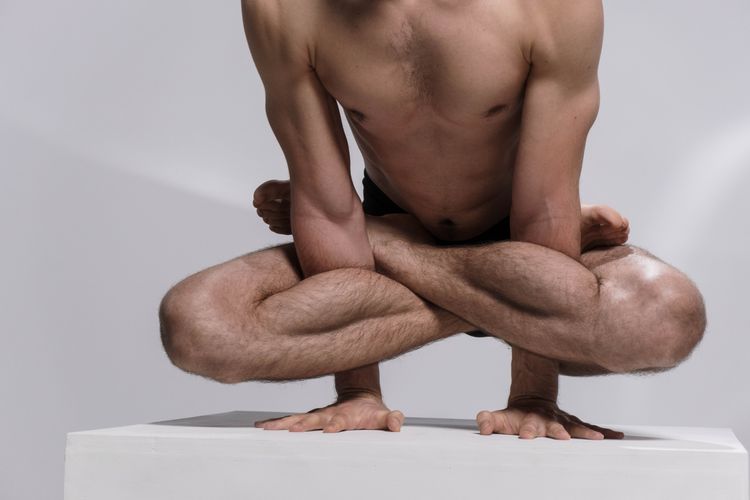PT Crab 🦀 Issue 142 - Butts

This week, we’re talking butts. For two reasons. One, I have glute max strain that’s a bit of a pain. And two, I’m working with a patient with a remarkably overdeveloped TFL and weak glute med and it’s really interesting. So let’s talk butts. Strengthening them preferentially, to be specific. How do you separate TFL from Glute med? Is what you learned about that correct? What about glute max? How do we bulk that up in a controlled manner? Read on for more.
Also this week, I highly recommend a tiki drink.
Also also, if you like butts, I highly recommend Butts. Technically called Butts: A Backstory, it’s a book by Heather Radke that looks into the cultural history of butts. And it’s amazing.
With that, let’s dive in!
Here are some Glute Max exercises
The Gist - We know the glute max is important for physiological balance, injury risk, and performance, so how do we strengthen it? This is an odd duck of a paper that just takes us through a bunch of exercise ideas for glute max. It’s actually quite interesting and I’ve tried out a few of the exercises myself, I like them a fair bit.
Because we get into those tough, let’s talk about what the glute max does. It’s got three functions, local and global stabilization and global mobilization. The local stabilization is based on its connections into the thoracolumbar fascia, SIJ, and lumbo-sacral areas to stabilize the spine and pelvis, and the connections to the IT band and femur bring about stabilization to the femoral head and knee joint. Globally, it stabilizes in all three planes since it has abduction, external rotation, and extension components. And I’m sure you understand the global mobilization part.
The paper argues that glute max becomes dysfunctional via lifestyle, postural, and other muscular factors. Lifestyle and posture-wise, there’s evidence that prolonged sitting reduces activity as does increased pelvic anterior rotation. Overactivity of hip flexors can lead to reciprocal inhibition while hamstrings can dominate hip extension motions, something called synergistic dominance.
To test strength, it’s recommended to perform MMT or isometric dynamometry in prone with the knee bent to 90 degrees to inhibit hamstrings. You can also assess via knee control and performance ability with movement-based tasks like squats, deadlifts, steppes and downs, landing, jumping, and changes of direction.
But let’s talk exercises.
Tell Me More - It’s hard to just write down exercises, but I’m going to anyway, so deal with it. Normally we use things like squats, deadlifts, step ups, lunges, SL RDLs, and lateral steppes to after the glutes. But if we do that, we have to do it right. For one, any exercise that you want to preferentially strengthen glute max should be done without anterior pelvic tilt and with the addition of an internal rotation or adduction moment to engage the glute’s ER and abduction forces. That includes things like therabands around the knees for squats, weight in the opposite hand for RDLs, overhead weight in the opposite hand for squats, addition of a knee adduction force for a split squat, and the like.
In the non weight-bearing area, it’s important to continue to bias exercises toward the glutes. For bridges, for example, increased knee bend decreases the hamstrings’ force in the movement. The hip thrust with barbell is a particularly good exercise for glute activation. Other things that work well are side planks with abduction, bird dogs, and bridges with an adduction force. For higher level folks, sprint training is good to improve glute force, but if they’re not properly recruiting it, they have a heightened risk of hamstring injury, so you need to engage the glute and adjust posture first.
And that’s all I’ve got. Check out the open access paper for good pictures and further detail as well.
Paper? Gots its.
As always, share the Crab far and wide. It’s through your telling others about it that we grow. Thanks! I don’t advertise at all, any subscriber growth is just you and you’re doing great.
Bye!






Comments
Want to leave a comment and discuss this with your fellow PTs? Join PT Crab and get summarized PT research in your inbox, every week.